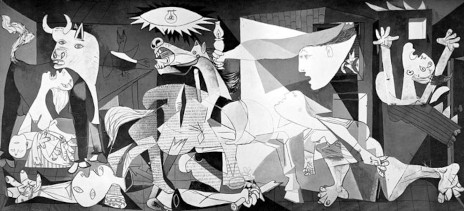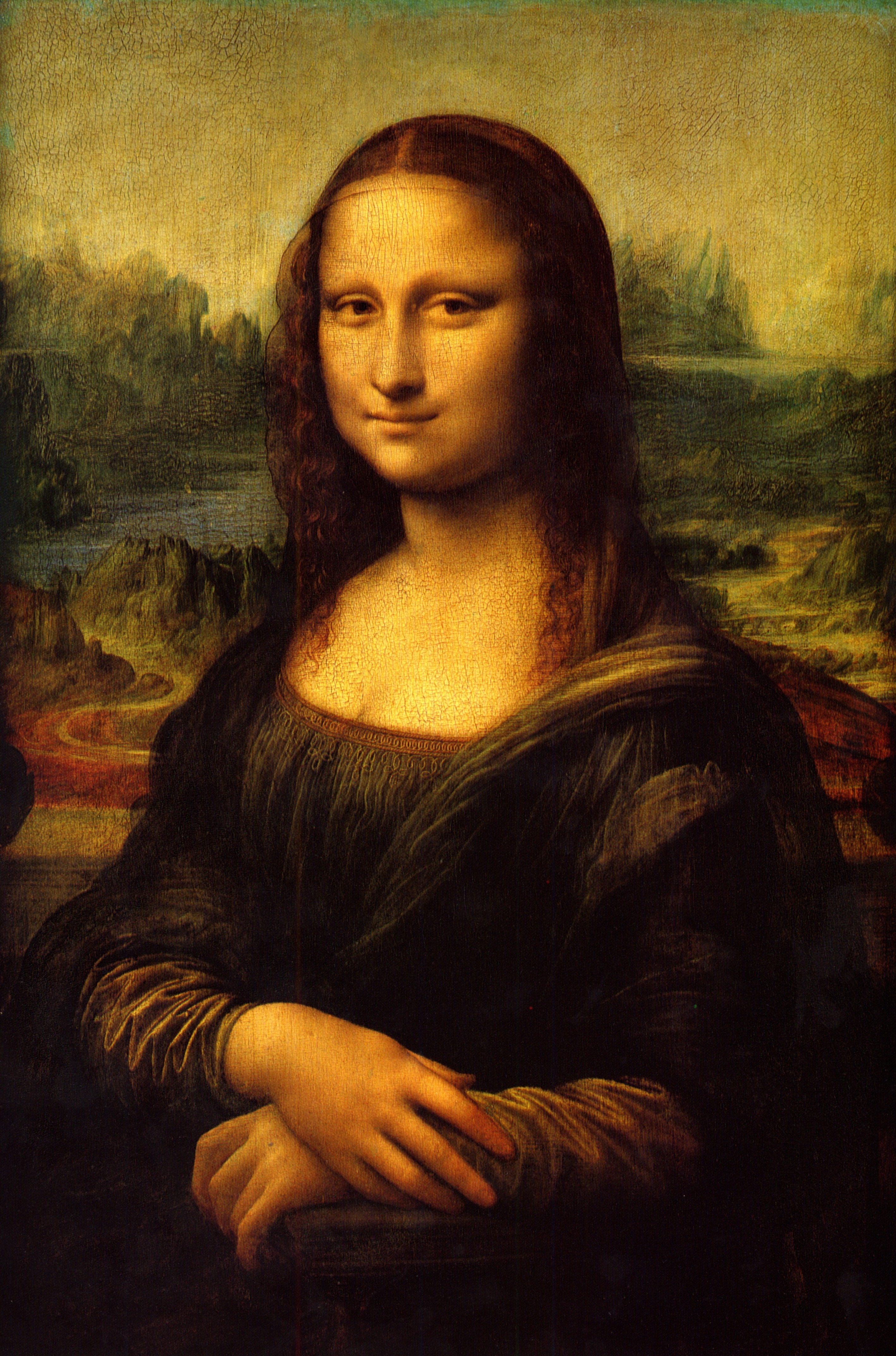
CCSS.ELA-Literacy.CCRA.R.2 – Determine central ideas or themes of a text and analyze their development; summarize the key supporting details and ideas.
 Some common themes we find in literature are: honesty, acceptance, courage, perseverance, cooperation, compassion, kindness, responsibility, redemption, sacrifice, overcoming obstacles, and loyalty to name just a few.
Some common themes we find in literature are: honesty, acceptance, courage, perseverance, cooperation, compassion, kindness, responsibility, redemption, sacrifice, overcoming obstacles, and loyalty to name just a few. I've found that using art and paintings is a low-pressure way to help them identify and come away with THE BIG IDEA. The idea is that through the art exploration students are doing the same work that mirrors the reading skills they are struggling with (including author’s craft, prediction, inferring, interpretation, monitoring for sense, making connections, synthesizing, etc.). Instead of getting stuck on simply re-telling events students are encouraged to look close and deep at the paintings and pull out specific details to help them understand and analyze what is happening and being portrayed in the painting.
The overall aim is for students to be able to look at a painting and make predictions and interpretations about the painting as well as come up with an idea as to the overall message the artist may be trying to teach. Students then use evidence taken from the painting to support their ideas. The fun part is that I stress that there is no necessarily right or wrong answer. Students need to however, back up their ideas with details and evidence from the artwork.
Ideas around some Sample Prompts I have used (with the incorporation of the reading skills):
Monitoring for sense/Envisioning prompt: What do you see? What are people doing, saying,
thinking, or feeling?
Prediction prompt: What do you think is going to happen next? How
do you know it? Give evidence that would help to support your idea.
Interpreting prompt: What is the message of this painting? What is
the artist trying to teach us with this painting? What does the artist want us
to learn with this painting? GIVE EVIDENCE

Below are some of the paintings I use to do this work:
 |
| Guernica, Pablo Picasso |
| American Gothic, Grant Wood. |
 |
| Self Portrait with Bandaged Ear, Vincent Van Gogh |
| Untitled, Keith Haring |
| Starry Night, Vincent Van Gogh |
 |
| The Scream, Edvard Munch |
 |
| Mona Lisa, Leonardo DaVinci |
 |
| The Last Supper, Leonardo DaVinci |




No comments:
Post a Comment